The health benefits of mushrooms are vast, and when you consider that you can easily grow mushrooms at home, it gets even more exciting. Ever since I found healing from stomach acid and ulcers by changing the food I ate, I’ve continued down the rabbit hole of using our food and herbs as medicine.
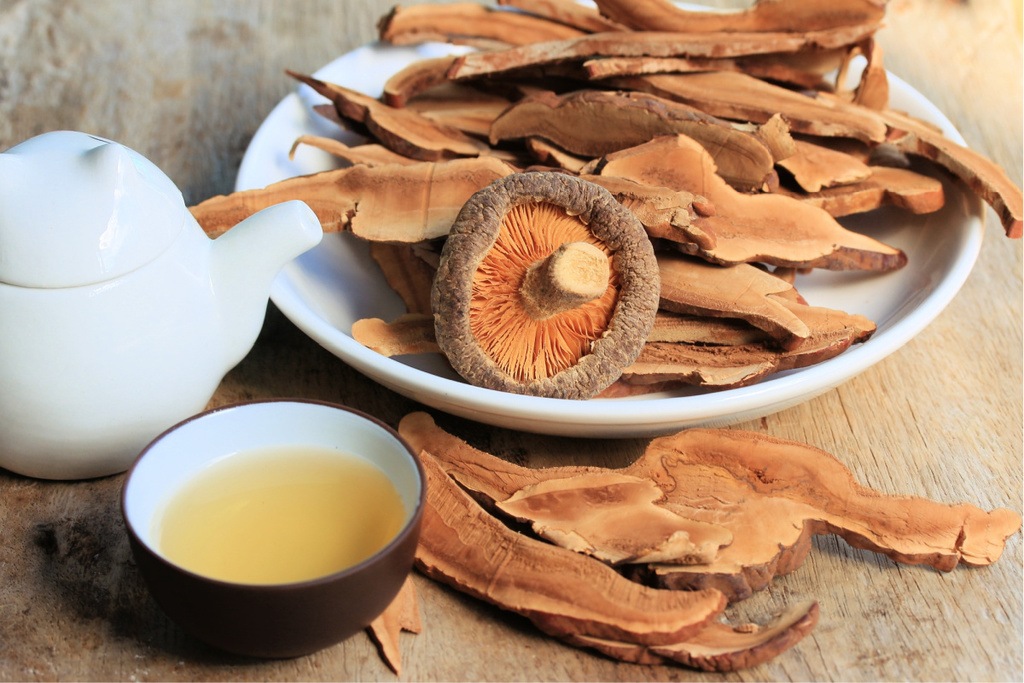
This post contains two podcast episodes. Episode #422, “The Power of Medicinal Mushrooms” with Dr. Christopher Hobbs and episode #269, “Health Benefits of Mushrooms You Need to Know,” with Mary Ellen Kozad, co-founder of Field and Forest Products.
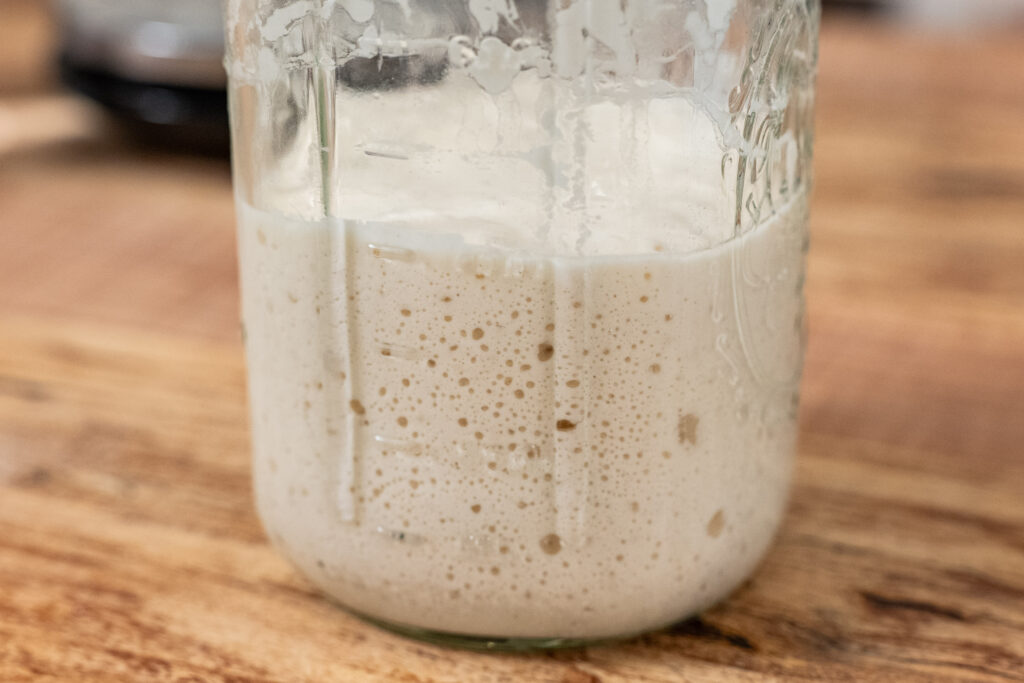
🍞 Struggling With Sourdough?
If your starter won’t take off, your loaves are dense and hard, or sourdough just flat-out overwhelms you…
👉 I’ll show you how to fix all of it.
Join my FREE live workshop and learn how to make a bubbly, active starter—the right way, from Day One.
🗓️ Jan 12 @ 1pm PT
Natural Remedies Made Simple
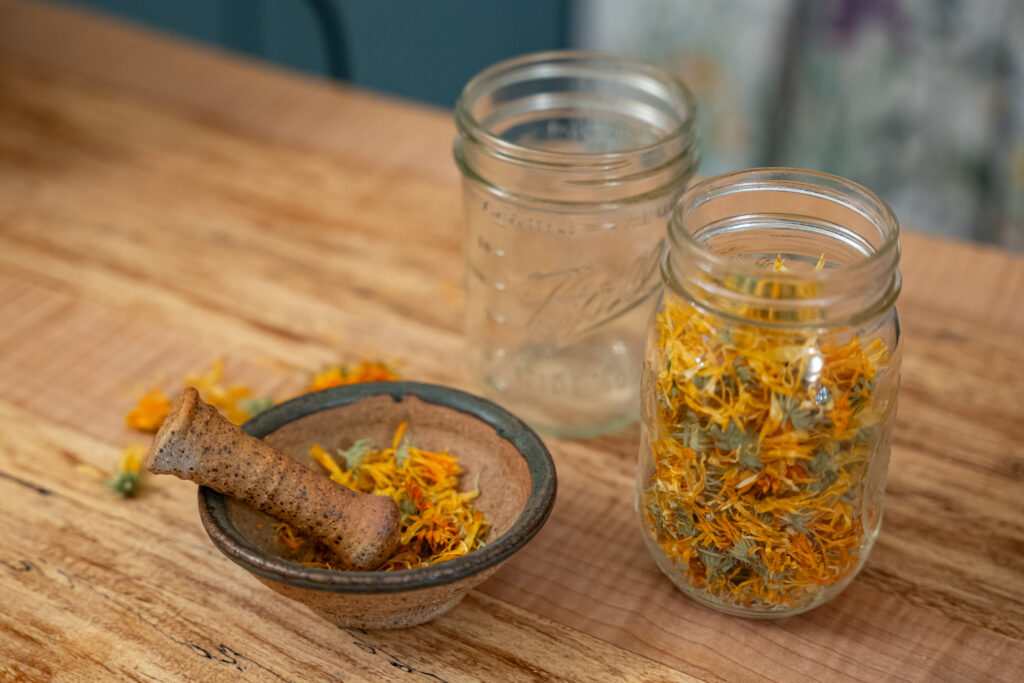
Start your home apothecary with confidence—even if you’re brand new. Learn how to choose the right herbs for your body using the simple principles of herbal energetics.
Discover how warming, cooling, drying, and moistening herbs affect your body—so you can stop guessing and start making remedies that actually work.
Since the information from those two podcasts is similar, you can find everything discussed in both podcast episodes below.
Table of Contents[Hide][Show]
About Mary Ellen Kozak
Mary Ellen Kozak co-founded Field and Forest Products in 1983 with her future spouse and business partner, Joe Krawczyk. She has combined her profession in mycology with her academic background in agronomy, integrating a longtime passion for plant-based food systems with fungi.
Mary has been on previous episodes of the Pioneering Today Podcast where we discussed how to grow mushrooms at home and where to forage for morel mushrooms, while the focus in this podcast episode is on the benefits to be found from consuming and using mushrooms.

About Dr. Christopher Hobbs
Dr. Christopher Hobbs is a fourth-generation, internationally renowned herbalist, licensed acupuncturist, author, clinician, botanist, mycologist, and research scientist with over 35 years of experience with herbal medicine.
Christopher has a doctorate from UC Berkeley in phylogenetics (which is the study of evolutionary relationships among biological entities), evolutionary biology and phytochemistry (which is the study of phytochemicals, which are chemicals derived from plants). He is also a founding member of the American Herbalist Guild.
Health Benefits of Mushrooms
Chris mentions that most people around the world, throughout various cultures, eat mushrooms frequently, if not daily. He mentions that mushrooms are a very high source of plant protein and can rival meat when meat isn’t available.
Certain mushroom species (namely oyster) have upwards of 30% protein. This protein is very absorbable and has the full complement of amino acids that we need.
Beyond the protein, mushrooms have trace minerals, phosphorus, potassium, zinc, copper, magnesium and B vitamins. They’re also a fantastic source of digestible and indigestible fiber. (Source)
It’s important to note that I am not a certified medical practitioner. This post is not intended to diagnose or treat but is for informational purposes only. Please contact your healthcare professional before introducing new herbal and natural remedies into your wellness routine.
Gut Microbiome & Mushrooms
There is so much emerging research on our microbiome and how a diverse microbiome is so important for good health.
The gut microflora produces about 70-80% of our serotonin (the happy hormone). (Source) Serotonin regulates our blood supply, sex drive, sleep, mood, etc.
The importance of prebiotic fiber in our diet is often overlooked, but it’s crucial for our gut health. (Source) Much of the fiber found in food today is digested in the stomach long before it gets to our gut. We need to consume prebiotic fiber that will make its way through our digestive tract to feed the good bacteria in our gut.
Dr. Hobbs says the number one source of prebiotic fiber is mushrooms! (Source)
Mushrooms that Help Boost Your Immune System
When looking to use mushrooms to help boost your immune system, focus on Shiitake, Lion’s Mane, Reishi, Turkey Tail, Maitake, and Chicken of the Woods. These are all immunomodulatory, which help boost your immune system. (Source)
The Olive Oysterling is being studied for its effects on managing blood sugar levels in diabetics as well as preventative benefits. (Source)
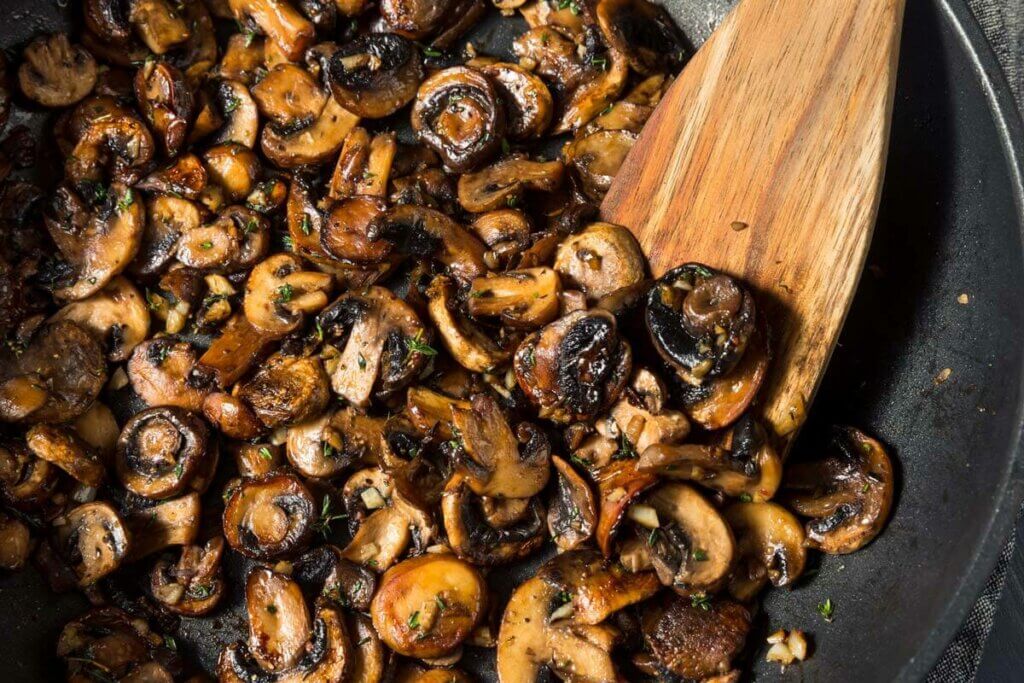
Do Mushrooms Need to Be Cooked?
I wondered if mushrooms needed to be cooked before consuming in order to unlock the medicinal benefits. Dr. Hobbs says they all should be cooked due to the glucans in the cell walls.
Mushrooms contain both beta-glucan (an immunomodulating substance) and chitan (which is the same substance found in crustacean shells). Chitan is a strong substance needed by mushrooms to penetrate the wood and soil they grow on. However, these substances are indigestible for us unless broken down through cooking.
If you don’t cook mushrooms until they’re tender, you’ll likely end up with an upset stomach from all the fiber. The only caveat here is the button mushrooms found at the grocery store. Many people slice those up raw on their salads without issue. It’s good to know, however, that you won’t be getting much nutrition from those mushrooms.
Furthermore, in order to retain as many nutrients as possible, according to Harvard, the best cooking method is sautéing quickly over high heat or simmering over low heat, such as in soups. (Source)
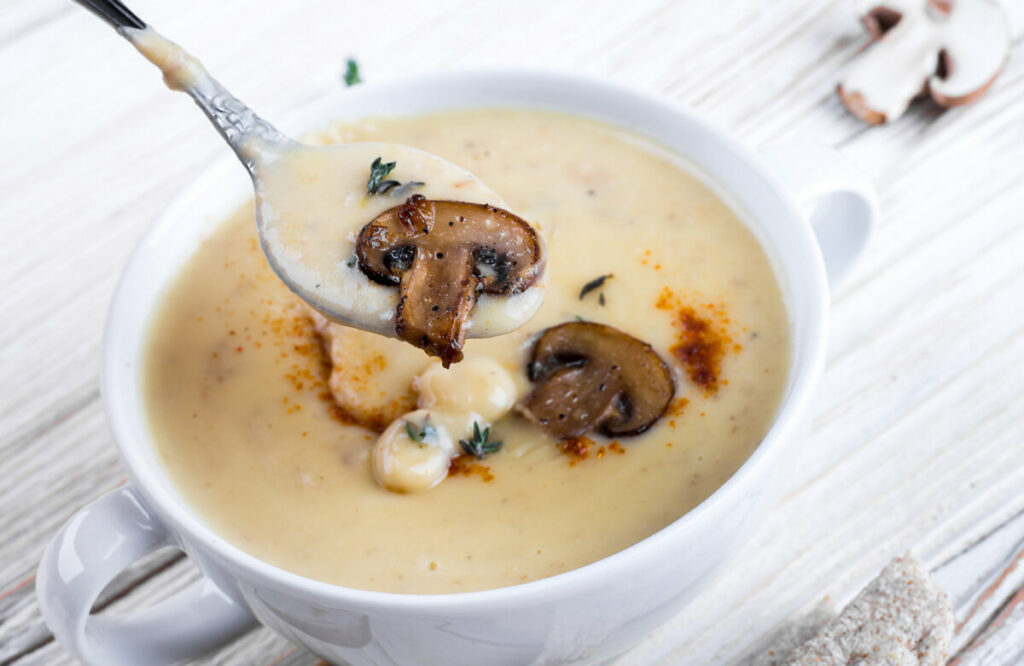
Ways to Consume Mushrooms for Medicinal Benefits
Dr. Hobbs mentioned his time spent in Asia after getting his acupuncture license that in the hospitals, in nearly every dish they were serving mushrooms.
Food
Mushrooms were served in stirfry and soups, and he’s eaten them grilled or as a meat replacement for a hamburger, etc. I have a fantastic cream of mushroom soup recipe that would be a great way to get more mushrooms into your diet.
Now mushroom cocoas and mushroom coffees are popping up all over the place. People are really getting on board with the medicinal value mushrooms provide and finding more ways to incorporate this food into their daily lives.
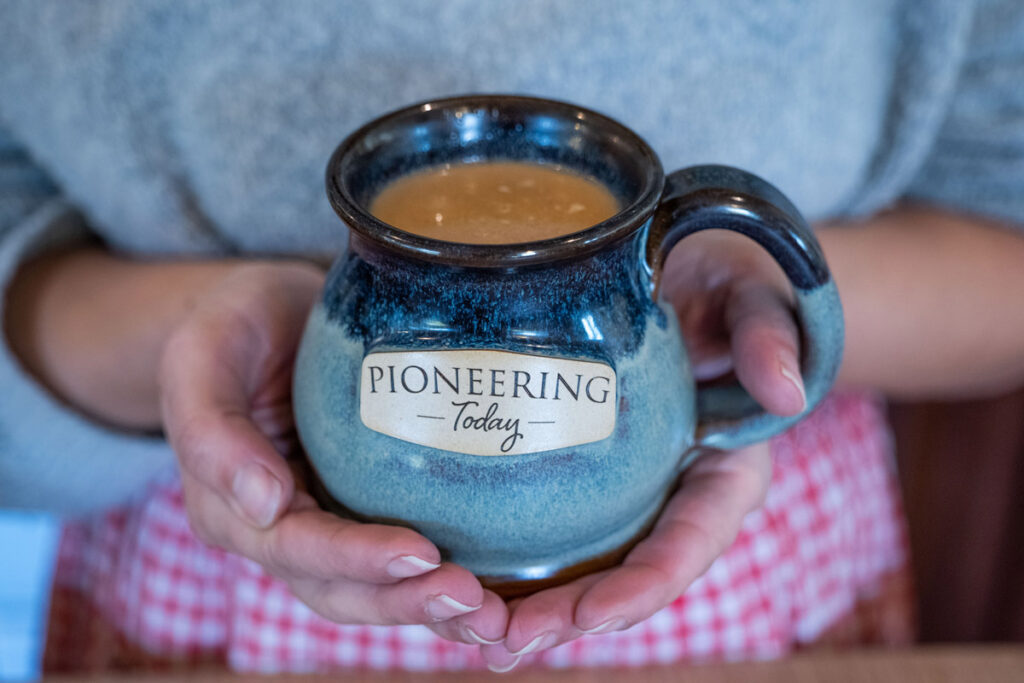
Pills & Powders
There has been such an explosion in mushroom supplements. One thing that is really great when you do grow your own mushrooms is that you can cook and freeze-dry (or dehydrate) those mushrooms and then encapsulate them into your own pills or make your own tea blends.
In the podcast with Mary Ellen, she mentions making a mushroom tincture. However, I now know that mushroom tinctures are ineffective for their medicinal properties because mushrooms contain beta-glucans in their cell walls, which means they aren’t soluble in alcohol.
So the medicinal properties of the mushrooms won’t be extracted into the tincture. Consuming the whole cooked mushroom is ideal, or turning them into a powder.
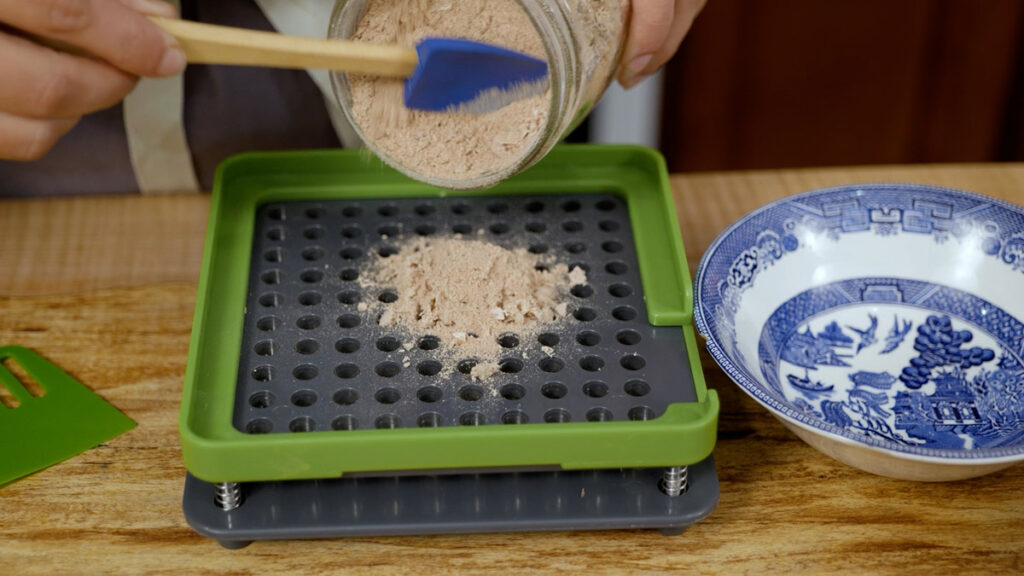
Can You Overconsume Mushrooms?
I asked Dr. Hobbs if we should be concerned at all when it comes to how many or how often we consume mushrooms. He said that since mushrooms are food medicine, there’s no danger in overconsuming them.
Typically speaking, when listening to our bodies, we’ll know when we’ve had our fair share. Dr. Hobbs shared an experience where a friend grilled up some mushrooms on the grill, and he consumed 10-15 good-sized mushrooms. The next day, he had a little digestive upset, but that was likely due to the large quantity of fiber.
His best advice is to have a balanced diet.

Types of Mushrooms
I asked Dr. Hobbs, if someone wanted to start incorporating mushrooms into their diet for the medicinal benefits, which mushroom should they start with?
Shiitake
Shiitake, besides the nutritional value, you’re getting a large amount of prebiotic fiber. They’re also widely available and delicious. Behind the button mushrooms (which don’t provide any medicinal value), shiitake is the most popular and most available mushroom.
Perhaps the most common medicinal value of shiitake mushrooms is their ability to improve immune function. (Source)
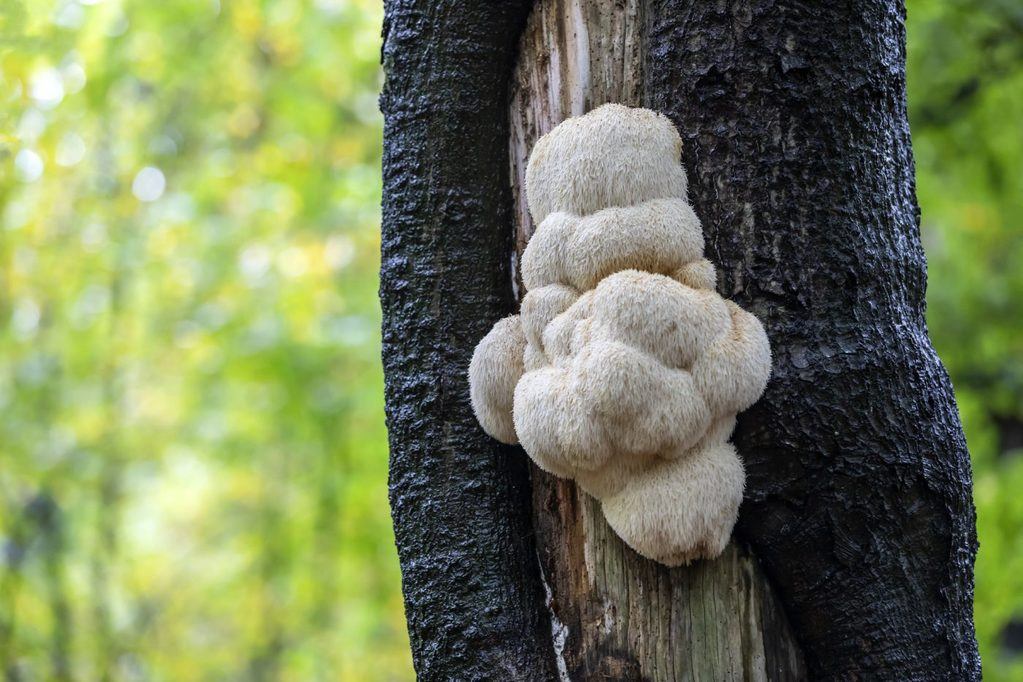
Lion’s Mane
It’s pretty safe to say that the reason why people are so interested in Lion’s Mane right now is that it appears to help with our memory. So I think people are really interested in Lion’s Mane for that reason alone. (Source)
I know that there’s been some work using it to look at dementia and also Alzheimer’s. I think that the Eastern cultures look to Lion’s Mane to help with digestive disorders.
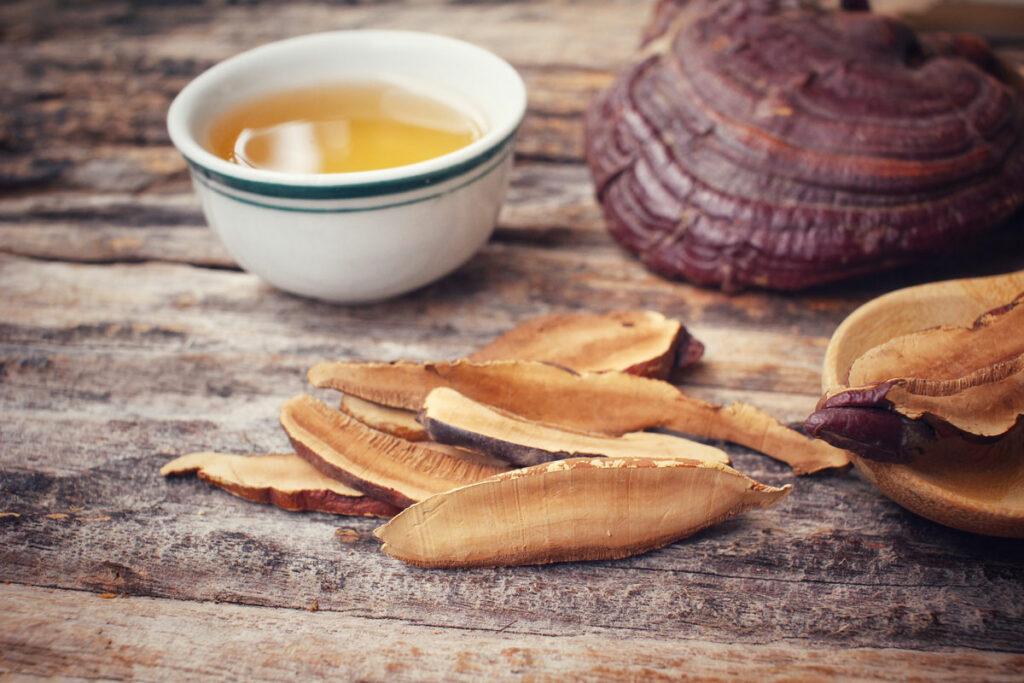
Reishi
Reishi is the second most used mushroom in clinical research (second to Turkey Tail, more on this below). Reishi has been found to have “antioxidant, anti-inflammatory, and immune-boosting effects. Recent research has focused on the potential benefits of G. lucidum in treating metabolic disorders such as diabetes and obesity, as well as its possible role in preventing and treating infections caused by the coronavirus.” (Source)
Mary Ellen likes to use it for tea. She steeps it with a lot of cinnamon sticks and cloves just to get rid of some of that mushroomy bitterness.
The mushroom pieces are able to be used over and over again. Simply freeze either the conch or antler forms of Reishi. You’ll get maybe five or six brews out of each piece. It lasts a long time.
Though brewing isn’t as “instant” as stirring in mushroom powder into your tea, it is an option for those who don’t want to go to the trouble of powdering their own mushrooms.
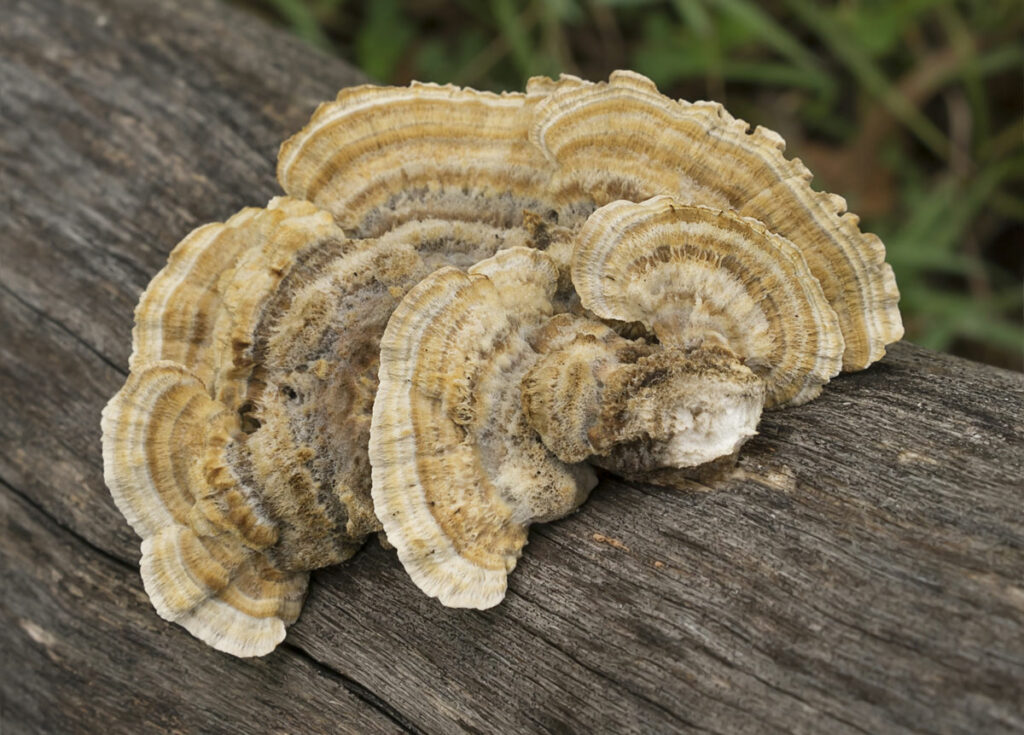
Turkey Tail
Turkey Tail (Coriolus versicolor) mushrooms are most commonly used in clinical studies. They’re proven to reduce inflammation, boost immunity response and even fight against cancer. (Source)
I’m excited about Turkey Tail because it’s supposed to grow in my area, but I just haven’t gone out and foraged for it yet.
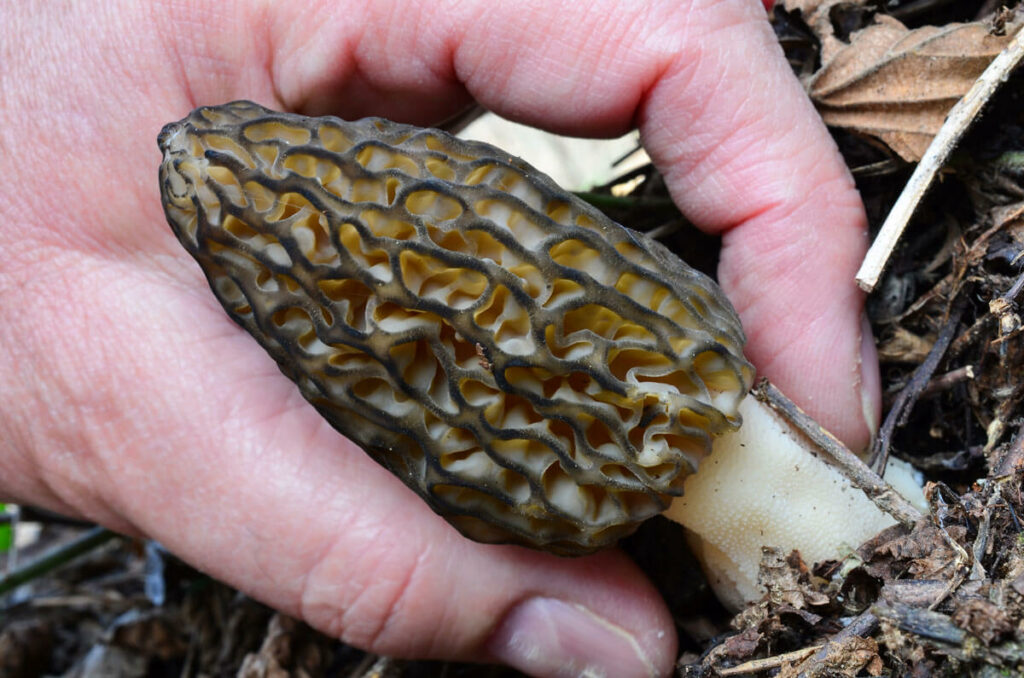
Cautions When Foraging for Mushrooms
Dr. Hobbs mentions we should all take caution when foraging for wild mushrooms. First, to be sure you know what you’re harvesting. There are some poisonous mushrooms out there, so if you’re not sure, leave it!
Also, when foraging for mushrooms, because mushrooms are metal accumulators, Dr. Hobbs recommends avoiding mushrooms that have grown next to the road or near a factory or agricultural fields that may be sprayed. Use these common foraging rules to keep you safe!
Where to Find Dr. Hobbs
- Website: christopherhobbs.com
- Instagram: @christopherhobbs1
- Facebook: https://www.facebook.com/drchristopherhobbs/
- YouTube: https://www.youtube.com/user/chrisrhobbs/featured
- Books: Medicinal Mushrooms: The Essential Guide
Where to find Mary Ellen
Resources
- Shiitake Mushroom Butter
- Mushroom Stock
- Cream of Shiitake Soup
- Dried Mushrooms
- Planting & Harvesting Timelines
- How to Grow Mushrooms at Home
[fusebox_transcript]



